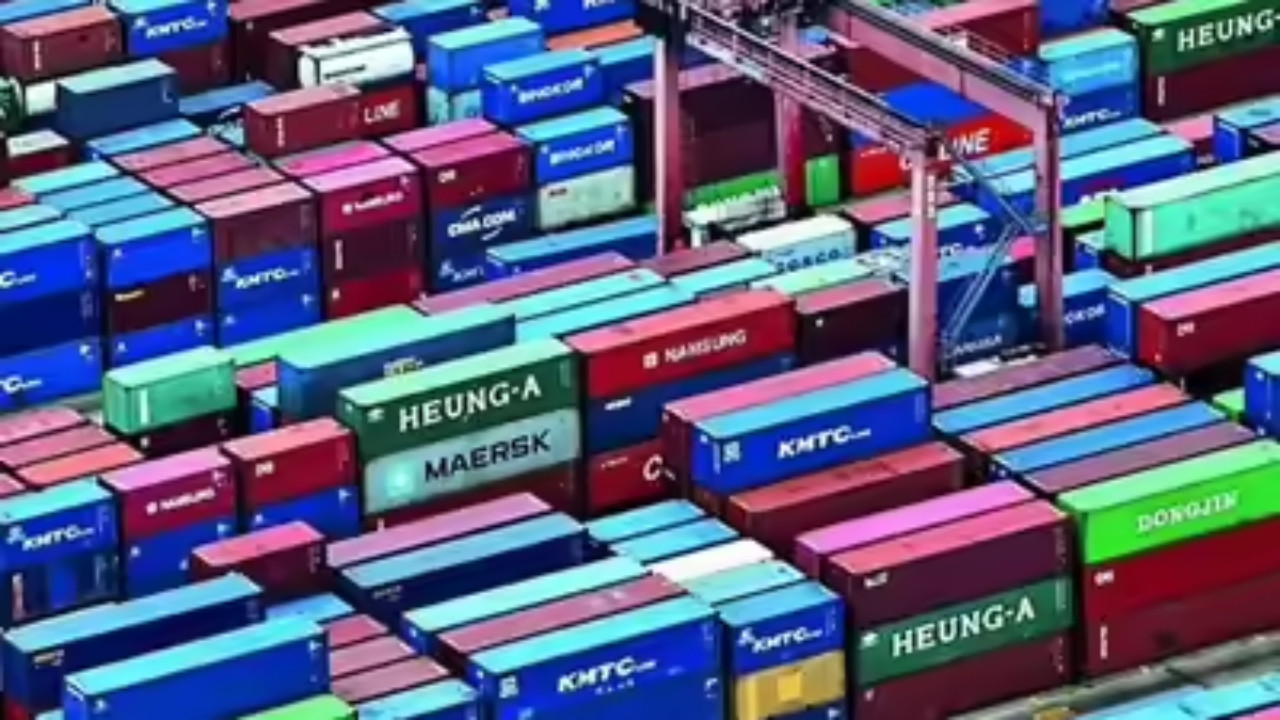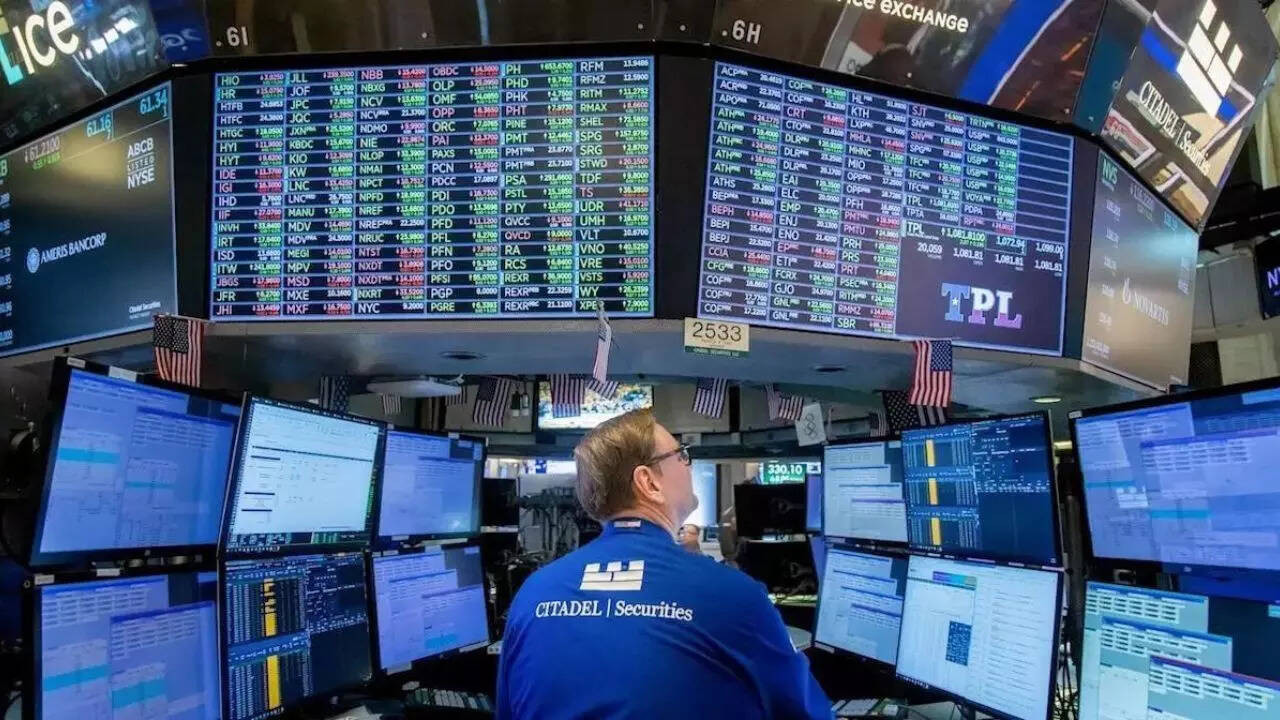India is urging Russia to expedite approvals for its exporters, focusing on faster registration of marine and pharmaceutical products to boost bilateral trade. Discussions also covered agricultural exports and IT services, with both nations aiming to significantly increase trade by 2030. India highlighted its global capability centers as a resource for Russian businesses.
Smoothing the Silk Road 2.0: India and Russia Aim for $100 Billion Trade Target
The buzz surrounding Indo-Russian trade relations is palpable. Forget dusty Cold War relics; this is about forging a dynamic, modern partnership aimed at boosting commerce to a staggering $100 billion by 2030. But how do you move such massive volumes of goods across continents efficiently? The answer, it seems, lies in cutting through red tape and prioritizing key sectors.
Imagine a logistical choke point. Goods piling up, paperwork languishing, opportunities lost. That’s precisely what India and Russia are working to avoid. Recent discussions have centered on expediting customs clearances, especially on the Russian side, to keep trade flowing smoothly. It’s not just about speed, but also about predictability and reliability – crucial elements for businesses making long-term investment decisions. Think of it as lubricating the wheels of commerce, ensuring the machinery of trade runs efficiently.

Pharma and Marine: Charting a Course for Growth
Certain sectors are getting special attention in this trade acceleration push. Pharmaceuticals and marine products, for instance, are poised to see significant growth, but only if approvals and inspections are streamlined. India’s robust pharmaceutical industry has the potential to supply Russia with a wide range of medications, while the marine sector – think seafood and aquaculture – offers exciting prospects for both nations.
The focus on these specific areas isn’t arbitrary. These industries offer quick wins and address vital needs in both countries. Faster approvals mean quicker access to essential medicines in Russia and a boost to Indian pharmaceutical exports. Similarly, streamlined marine product certifications could open up new markets for Indian seafood producers and diversify Russia’s food supply.
Beyond Bureaucracy: A Holistic Approach to Trade
The push for quicker clearances isn’t happening in a vacuum. It’s part of a broader strategy to deepen economic ties. This includes exploring new trade routes, strengthening financial infrastructure, and fostering closer collaboration between businesses in both countries. We need to remember that trade is not simply a one-way street; it’s a complex ecosystem that requires nurturing on multiple fronts.
This deeper engagement also has geopolitical implications. In a world increasingly shaped by complex international relationships, strengthening economic ties with Russia allows India to pursue its strategic interests and diversify its partnerships. Russia, in turn, benefits from access to India’s growing market and its skilled workforce.
One exciting aspect of this evolving relationship is the potential for greater collaboration in technology and innovation. Imagine joint ventures in areas like artificial intelligence, renewable energy, and space exploration. By combining their respective strengths, India and Russia could become significant players in these cutting-edge fields. This vision extends beyond merely trading goods and services and includes actively cultivating the future of economic partnership.
Navigating the Challenges Ahead for India-Russia Trade
Of course, achieving this ambitious $100 billion trade target won’t be without its challenges. Sanctions, logistical hurdles, and currency fluctuations could all potentially throw a wrench in the works. However, both governments seem determined to overcome these obstacles through proactive dialogue and innovative solutions. This is a journey that will require agility, adaptability, and a willingness to embrace new approaches.
The payment mechanism between the two countries is being keenly observed. Finding a stable and reliable method for settling transactions is crucial for fostering trust and facilitating seamless trade. Exploring alternative currencies and payment systems could be vital in mitigating risks associated with exchange rate volatility and geopolitical uncertainty.
Ultimately, the success of this endeavor will depend on the ability of both countries to translate policy commitments into tangible results. Streamlining customs procedures is just one piece of the puzzle. Equally important is creating a business-friendly environment that encourages investment, innovation, and collaboration. The foundations are being laid for long-term growth in India-Russia trade, and if successful, the impact will reverberate across both economies. This burgeoning partnership will redefine trade lanes and create ripples of opportunity for years to come.







